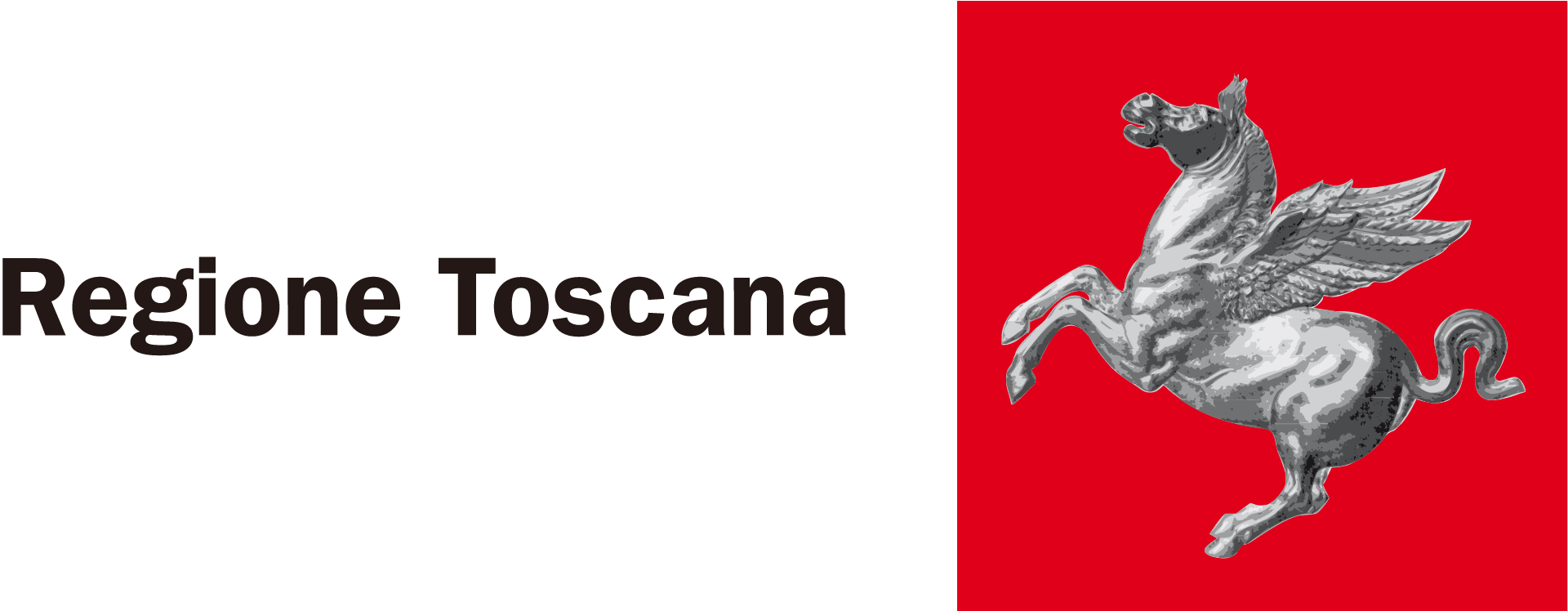Published in European Planning Studies vol. 23, n. 6, 2015
This work has the purpose of inquiring into the presence of an urban hierarchy within second-tier city areas and alternative agglomeration models differing in their self-propelling ability and territorial sustainability. To this aim we confront regional polycentric areas, by going inside the traditional agglomeration and variety economies and the land settlement model of small–medium urban poles. In particular, the present work compares four Italian regions characterized by a territorial development driven by second-tier cities. The first two sections of the paper evaluate the functional pattern of the different urban systems and subsequently measure their rank in terms of extra-regional attractiveness on demand, which is expressed by rare services (Sections 2 and 3). Sections 4 and 5 tackle the issue of sustainability of settlements by taking into account land consumption and the degree of
territorial fragmentation caused by different urbanization models. We discovered good urban performances and settlement sustainability of the second-tier cities agglomeration model in Italian regions, which is stronger when based on the co-presence of specialized small cities (which can assure a minimum amount of local demand for advanced services) and a multifunctional medium urban centre (which can ensure rarer functions). These findings bring strong recommendations on urban policies.
Autore: Chiara Agnoletti, Chiara Bocci, Sabrina Iommi, Patrizia Lattarulo, Donatella Marinari









